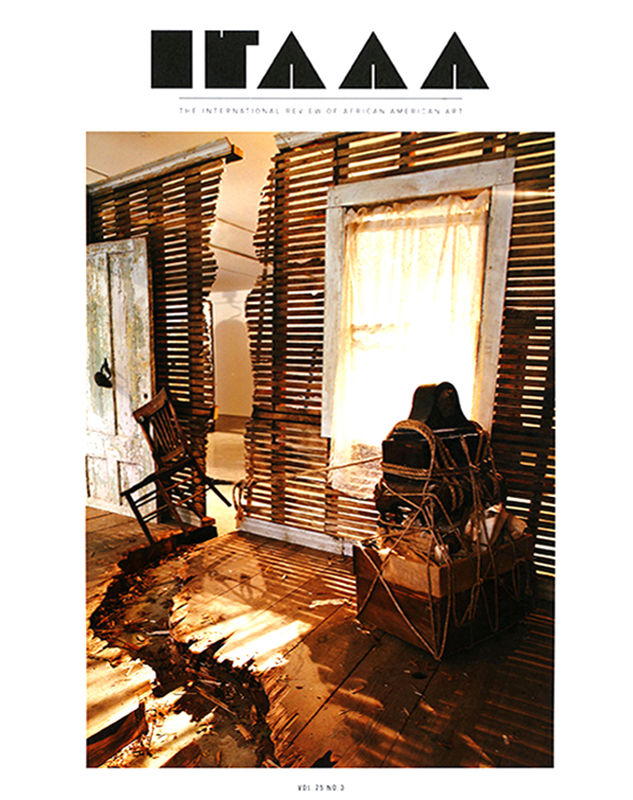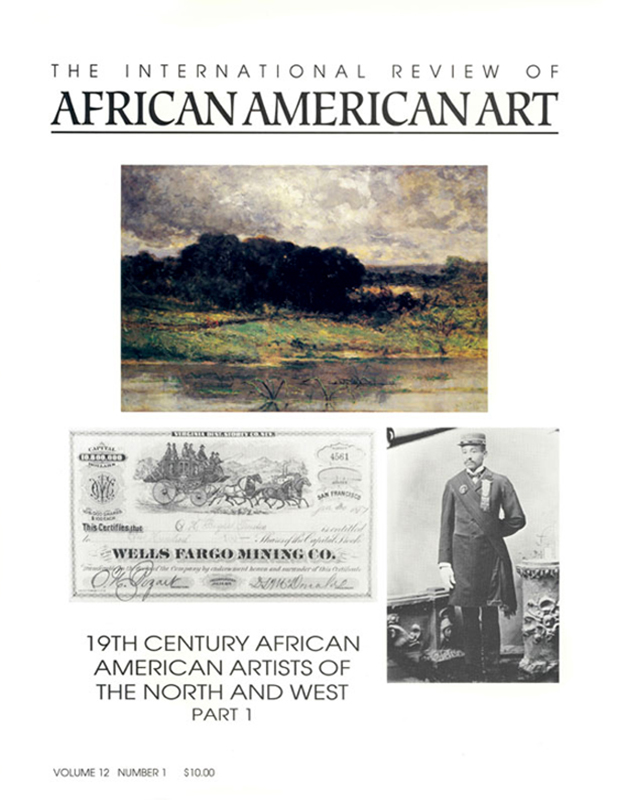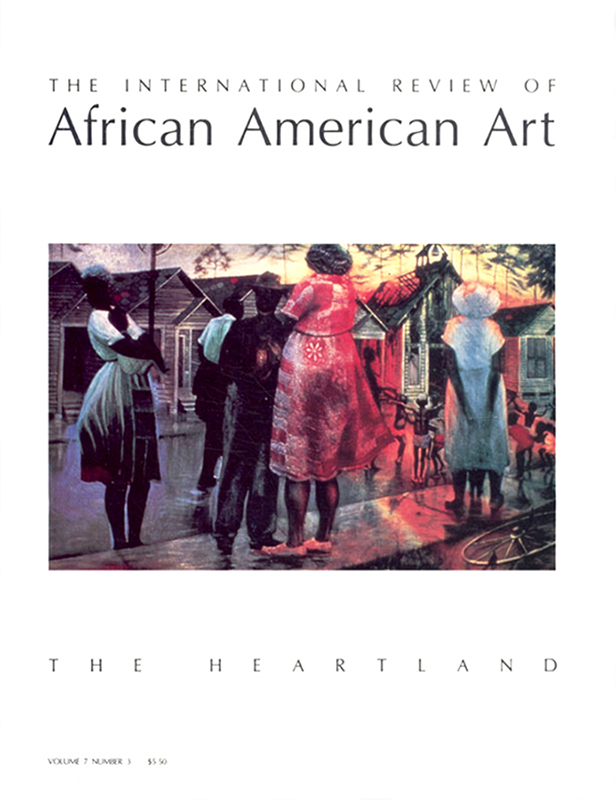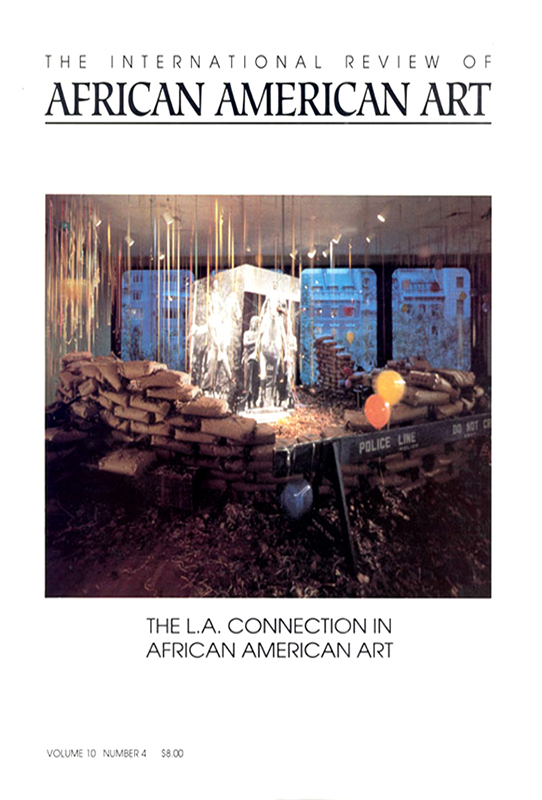Description
Editor
Dr. Nashid Madyun
Guest Editor
Tracy Spencer–Stonestreet
Assistant Editor
Marlisa Sanders
Executive Publisher
William R. Harvey, Ed.D.
Like so many qualifiers applied to artists, the term “emerging artist” has been adapted and applied in such different ways that its meaning has been compromised. Funding institutions and curators often set parameters for the title, such as age (usually under 35), limited to no gallery representation, and/or no exhibitions at major museums. While these restrictions have good intentions—to identify artists who have yet to establish a national reputation—they presume a traditional and historically privileged path in an artist’s career, one that narrowly conforms to an antiquated art market. These guidelines seem less useful to us now that there are so many avenues from which to emerge, and so many platforms on which to gain national recognition. Artists established themselves not just through gallery representation or museum shows, but also through online journals, social networks, pop–up galleries, and other nontraditional spaces for exposure and exhibition. Many of these new markets depend on the audience–generating power of the internet, which can bypass dealers and curators altogether. At the same time, artists of color have more opportunities today for residencies, private funding, and representation than generations past, and as explored by Daniel Grant in the fall 2014 issue of The International Review of African American Art, there is an increased demand in the global art market for work by African American artists. All of this affects not only how artists navigate their careers, but also how and where we look for new talent.
There is also a tendency among publications and curators to focus only on emerging artists living in certain areas. It is hard to challenge the notion that big cities foster successful art careers: the most active museums and communities of patrons are almost always found in urban areas. But I do take issue with the argument that success is only reserved for those in the biggest American cities, i.e. New York and Los Angeles. We are seeing bright stars rise from cities across the country, with hot spots of art–making in Atlanta, Chicago, Raleigh, and Houston. Artists are finding ways to connect to larger markets, regardless of where their studio may be. And it’s no wonder—emerging artists are savvy. Many are also their own web designers, PR managers, photographers, and grant writers. While gallerists, curators, and writers still play pivotal roles in developing careers, it’s the artists themselves who must build and navigate their own path.
—Excerpt from “From the Guest Editor” by Tracy Spencer–Stonestreet
Feature Articles and Contributors:
Special Feature
“Artists to Watch”, Tracy Spencer–Stonestreet
Feature Articles
“’I Mean That the Way it Sounds/ Even If It Does Sound Crazy’: Narration, Break and Belief in Titus Kaphar’s The Vesper Project”,
Clair Schwartz, Ph.D.
“On Childhood, On Otherness, On Painting”, Jason Stopa
“Fade to Black: An Interview with Jefferson Pinder”,
Jordana Moore Saggese
“’Warped Ideals, Thwarted Egos, and Open Wounds’: Fragments of Josephine Chime”, Christina S. Wells, Ph.D.
“Refracted Discourse: A Review of Yale University’s 1st All–Black Art Exhibition 13 Artists”, Brandon Coley Cox
“Movement, Sensation, Texture: Ligia Lewis”, Tina Post
“Making it Work: Emerging African American Women Artists”,
Asantewa Boakyewa
“Jacqueline Herranz–Brooks—Maldita Pared: Fotografía y Texto de Cuba/New York”, Margaret Rose Vendryes, Ph.D.
Bibliographic Details
Title: The International Review of African American Art
Publisher: The Hampton University Museum, Hampton, Virginia
Publication Date: 2015
Binding: Pictorial Softcover
Book Condition: Excellent
Book Type: Quarterly Magazine
Shipping Terms:
All books are padded and wrapped carefully. Most are shipped in a box, unless very small, in which case they will be shipped in a padded envelope.





Reviews
There are no reviews yet.